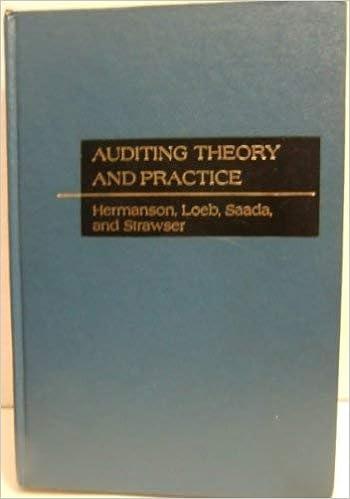Question
Scotsburn Dairys (SD) plant in Truro, Nova Scotia, makes over 300 types and sizes of ice cream and frozen yoghurt. The process is in two
Scotsburn Dairys (SD) plant in Truro, Nova Scotia, makes over 300 types and sizes of ice cream and frozen yoghurt. The process is in two stages. First, a type of mix such as premium white is made in one of two large pasteurizing vats (5,400 and 7,500 litres), homogenized, cooled, and stored in one of 8 storage tanks. In the second stage, the mix is fed into one of three lines where flavor(s)/fruit(s) are added and the mix is packaged in containers (tubs) of various sizes. All three lines feed into the spiral freezer and the tubs are stored in the on-site warehouse. For simplicity, we assume that all the products can be aggregated and the volume of the product represents its production speed and cost. Furthermore, we assume that a unit is 10,000 litres. The plant manager has received the following aggregate demand forecasts (in units, i.e., 10,000 litres) for the next 12 months:
Jan Feb Mar Apr May Jun Jul Aug Sep Oct Nov Dec
140 160 190 180 180 220 240 210 170 170 160 130
A major consideration is product changeover/setup time. These are significant as a mix is changed and as a tub size is changed. The manager estimates that out of 4.3 weeks per month, on average 1 week is spent for changeover time.
Although production speed of a line in the second stage varies by product (and not as a linear function of products tub size), the spiral freezers speed is based on volume of ice cream going through it (10,000 litres per hour). For some products, the line is a bottleneck but for most products the spiral freezer is. For simplicity, we assume that the production capacity of the plant is determined by the capacity of the spiral freezer (1 unit or 10,000 litres per hour).
The plant manager uses the following labour schemes: 40 hours a week (1 shift; 10 hours a day for 4 days), 50 hours a week (40 + 10 hours of overtime on Fridays), and 80 hours a week (2 shifts; 10 hours a day for 4 days each).
The initial inventory is 210 units (i.e., 2,100,000 litres). The manager would like to have safety stocks at the end of each month greater or equal to the forecast demand next month. Also, the ending inventory next Dec should be at least 170 units.
The production cost of the 40-hour a week labour scheme (requiring 32 workers with various skills) is $78,408 per month. Overtime production cost is approximately 1.5 times regular time production. A temp workers production cost is approximately the same as a permanent workers.
The average hiring cost of 32 temp workers required to run the plant is $500, charged to the first month of production.
The inventory holding cost per unit (10,000 litres) per month is $273. Planning for shortage/backorder is highly undesirable. Assume a cost of $1,000 per unit per month backordered.
1 ) Show that regular production per month is 132 units.
2) Show that overtime production per month is 33 units.
3) Show that regular labour cost is $594 per unit.
4) Show that Hire cost/unit is $121.
5) Using tradeoff analysis show that using temp workers that results in carrying inventory two months ahead is more costly that using permanent workers during overtime two months ahead.
Step by Step Solution
There are 3 Steps involved in it
Step: 1

Get Instant Access to Expert-Tailored Solutions
See step-by-step solutions with expert insights and AI powered tools for academic success
Step: 2

Step: 3

Ace Your Homework with AI
Get the answers you need in no time with our AI-driven, step-by-step assistance
Get Started


